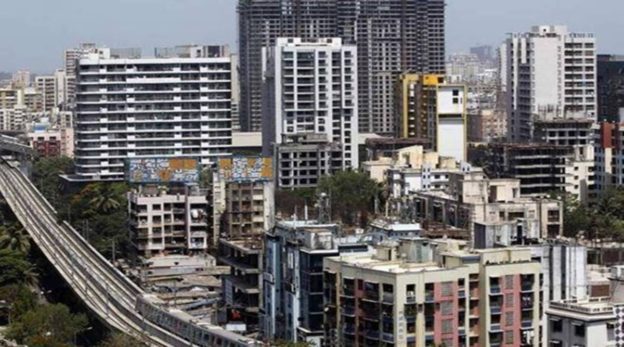Given that facilities such as roads, railways, metros, and so on are an integral part of enhancing the productivity and operations of businesses, robust infrastructure is a must.
For any country, one sector that can make or break its growth story is infrastructure. In India, which is the sixth-largest economy by market exchange rates in the world, infrastructure is the cornerstone of the economy. The country has a labour force of 522 million workers and is considered to be one of the world’s fastest-growing economies.
Given that facilities such as roads, railways, metros, and so on are an integral part of enhancing the productivity and operations of businesses, robust infrastructure is a must. This sector augments the growth of local businesses, plays a key role in the lives of citizens and propels the comprehensive development of the country. A push to the sector directly lifts GDP growth by around 3-4 per cent majorly because infrastructure investment has a multiplier effect. Besides, rapid development in the sector is seminal for fulfilling the goals of the government’s ambitious projects like the Atmanirbhar Bharat mission.
Taking into consideration all these factors, it is crucial to look into India’s overall infrastructure development and one of the most important factors in the present market scenario is focused investment.
A recent report has estimated that India will require an investment of Rs 50 trillion (US$ 777.73 billion) in infrastructure by 2022 for sustainable development. The government has already been taking major steps in this direction. It has plans to spend US$ 1.4 trillion on infrastructure with an investment of US$ 750 billion on railways infrastructure by 2030. Another estimate by the Department for Promotion of Industry and Internal Trade (DPIIT) has said that FDIs in the construction development and infrastructure activities stood at US$ 17.22 billion in September 2020.
However, the pandemic has created huge roadblocks for infrastructure companies as they try to recover from losses. This has necessitated an urgent move for the government to devise faster and more impactful strategies to stimulate growth in the sector. Now is the time to focus on building future-ready, intelligent, resilient and sustainable infrastructure that could help restart capital goods production, generate employment and recover private sector confidence.
Effective completion of infrastructure projects requires enormous capital influx. One of the decisive strategies to kindle growth in the sector is an effective distribution of capital resources. Once proper resources are deployed in the right manner, the result will be a spike in the number of projects and more work for infrastructure firms, spurring cashflows in the country. Another way of expediting progress in the sector is by reducing the time required to fulfill contractual permissions for projects.
In addition to resource allocation, it is necessary to deploy policies across the country that are suitable to bring in uniformity in the sector. The sector needs a universal policy for better execution of projects and tenders.
Another obstacle in the infrastructure industry is myriad hurdles in the completion of projects leading to several incomplete ones. There has to be action on that front to help such projects attain completion in order to make way for new ones. An effective way is to create space for more private-public partnerships, especially to ensure seamless execution of some of the marquee infrastructure projects across the country.
A proper infrastructure development will likely usher in a transformational change in India in the coming years, improving the way people live, travel, work and do business. This will, in turn, result in continued attractive investment opportunities. We need a stronger policy focus that bodes well for the infrastructure sector. The next few years will remain crucial for India to capitalise on the momentum and strengthen its infrastructural backbone.
https://www.financialexpress.com/infrastructure/infrastructure-is-key-driver-for-the-indian-economy/2443542/





